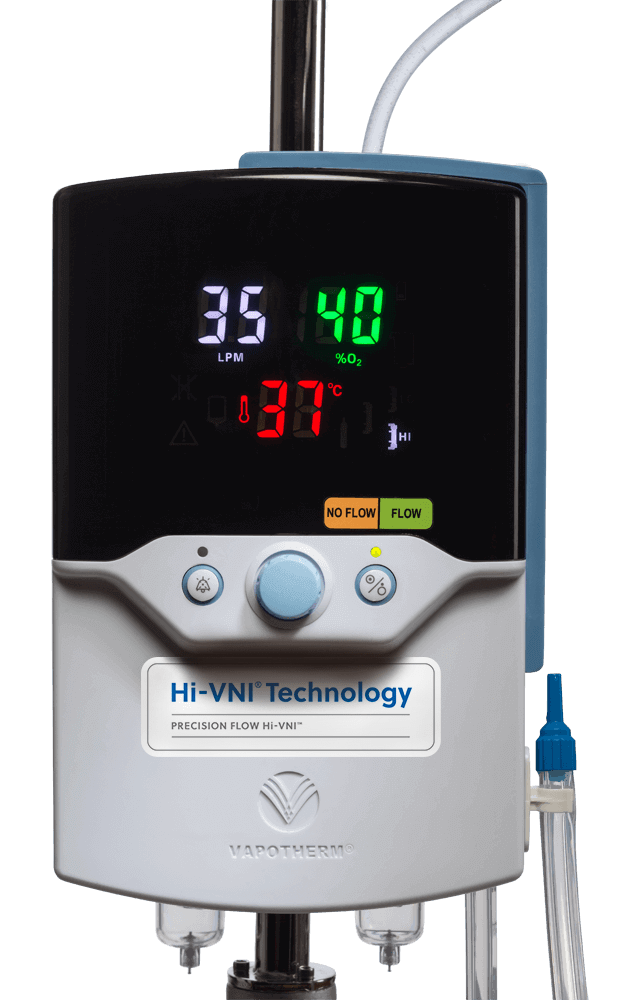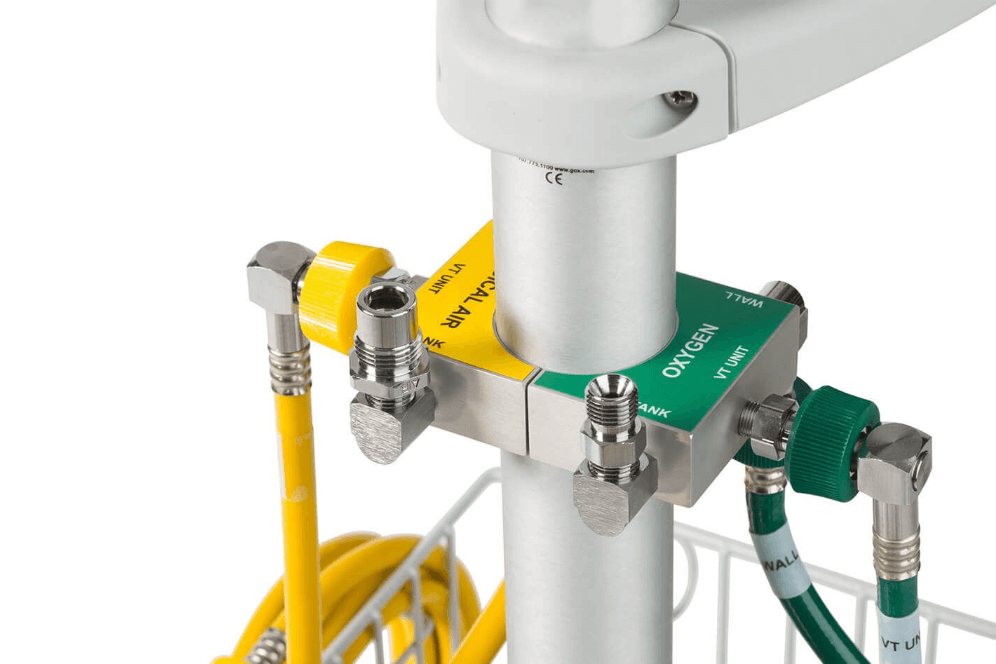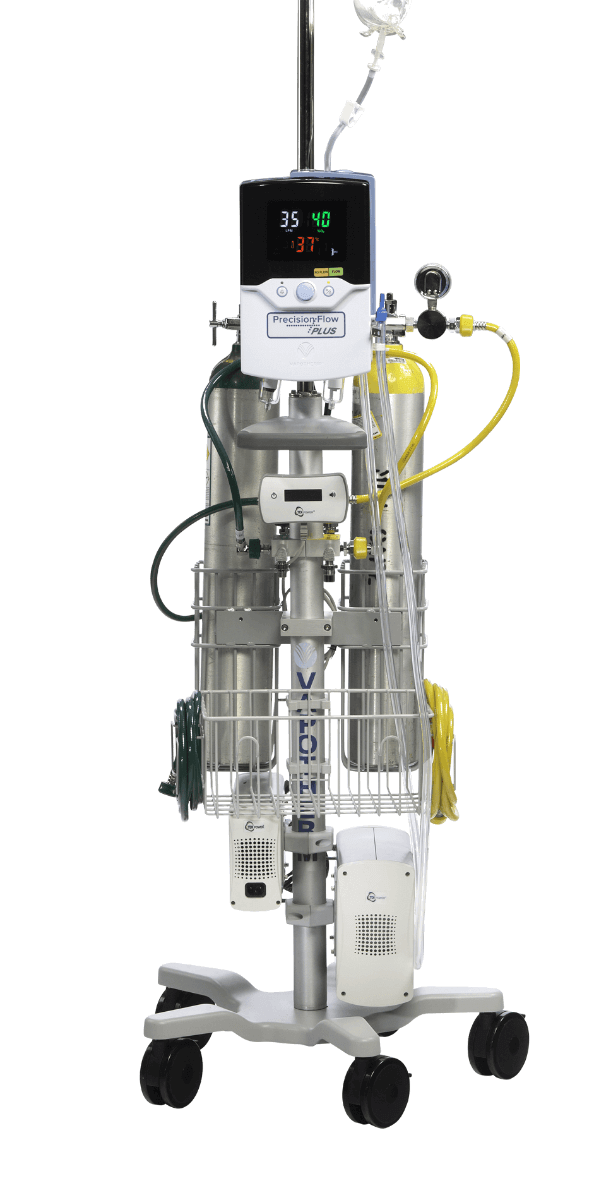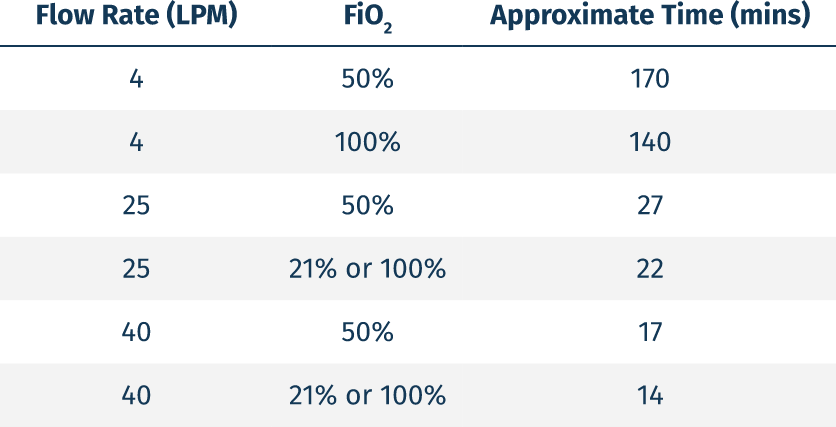Freedom To Move
Whether you’re trying to reduce ICU length of stay with an ambulation program or need to get your respiratory patients to radiography and testing, the Vapotherm Transfer Unit supports them at every step.

Support Even High Acuity Patients
Unlike common high flow nasal cannula (HFNC), Vapotherm’s high velocity therapy can be used to treat respiratory distress in spontaneously breathing patients. Whether your patients require oxygenation due to underlying diseases like COVID-19, or whether they are acutely hypercapnic, with the Vapotherm Transfer Unit, you can maintain flow, FiO2, and humidification on the go.

Seamless Work Flow Integration
Smart manifold makes switching from wall to tank sources a breeze. This, combined with hot-swap capability between stationary and mobile units, means patients are ready to transfer in minutes.

Power That Lasts
Medical grade mobile power supply lasts up to 60 minutes to provide clinicians with the time they need to transfer patients out of the emergency room, from labor and delivery, or participation in rehabilitation activities.

A Complete Solution
Ordered directly from Vapotherm, all components are conveniently bundled and shipped together. No other pieces necessary. Plus, you get support from Vapotherm’s Clinical and Technical teams 24/7 as well as on-demand in-service education.
Product Specifications
Tech Specs
Enables full range of Precision Flow® capabilities
Battery Life: 1 hour. Time spent recharging is equal to time spent discharging
Sample Run Times:

Components
- Vapotherm Roll stand
- Gas Manifold
- E-Tank holster
- Mobile Power Supply
- Air E-Cylinder Regulator
- Air & Oxygen Hoses (3 each)
Note: Precision Flow Unit not included
CAUTION: US Federal law restricts this device to sale by or on the order of a physician. Indications, contraindications, warnings, and instructions for use can be found in the product labelling supplied with each device or at https://vapotherm.com/resources/support/precision-flow-reference/. For spontaneously breathing patients. High Velocity Therapy (HVT) does not provide total ventilatory requirements of the patient. It is not a ventilator. Decisions surrounding patient care depend on the physician’s professional judgment in consideration of all available information for the individual case, including escalation of care depending on patient condition.